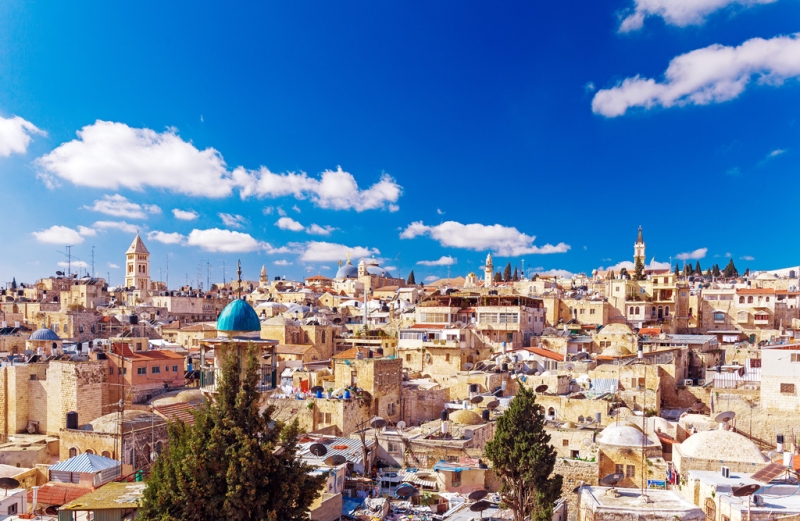
Tired of the religious and historical monuments of the Old City of Jerusalem, it’s worth going outside the mighty walls of the fortress and strolling around the city. We have selected places that are definitely worth visiting to see what life is like in modern Jerusalem.
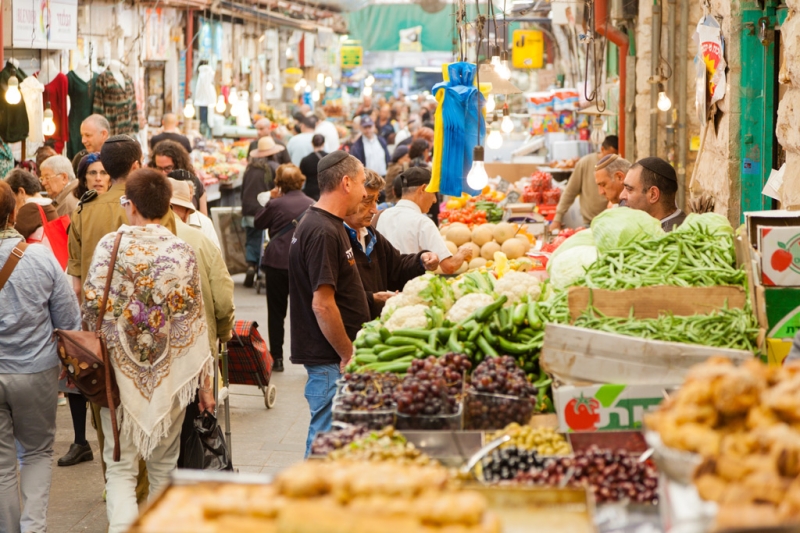
Mahane Judah Market
The Jerusalem market is good not only because you can buy ripe mangoes, giant dates, 30 types of olives and designer ceramics. And even the opportunity to eat the best hummus in the city and drink freshly squeezed juice in the middle of the market is not the main thing. The best thing about the Jerusalem market is that here you can see everyone who lives in the city. Religious families with carts, Jerusalem bohemians from the neighboring Nachlaot district, and ordinary Jerusalem residents buy food here. If you are lucky, you will meet street musicians on the central alley of the market. And if you come to the market late in the evening, you won’t recognize it. In place of counters with vegetables there will be chairs and tables, small bars will open, and there may even be dancing.
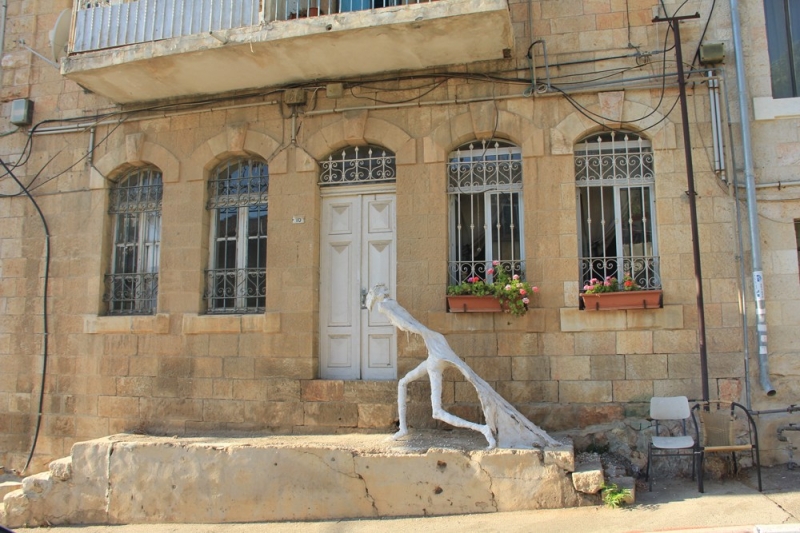
Photo: beinisrael.com
Nakhlaot
One of the oldest districts of the city. Here bohemians and students coexist with religious families, and graffiti on the walls with synagogues. In the courtyards here they play violins, pray, hang out laundry, drink wine, grow flowers and sing Shabbat songs on Saturdays.
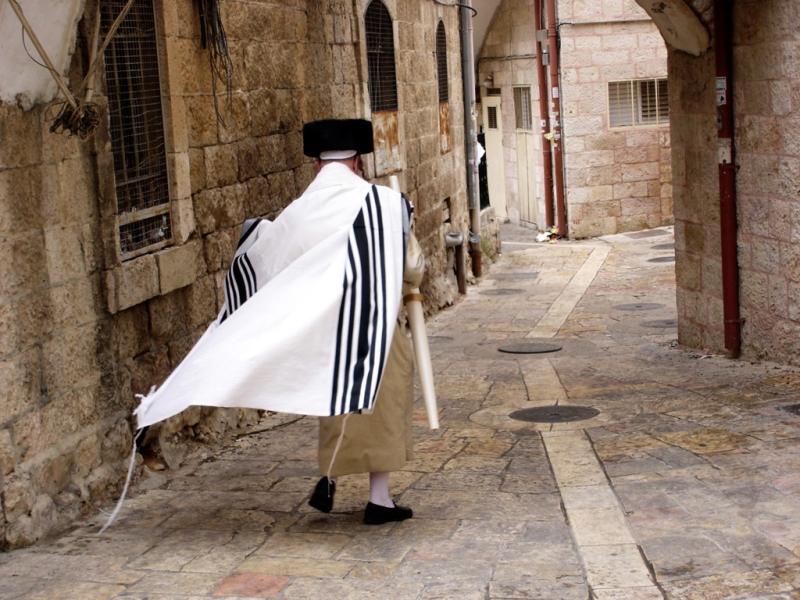
Mea Shearim
One of the religious districts of Jerusalem, the name translates from Hebrew as “a hundred times.” This is a reference to the Bible verse (Gen. 26:12): “And Isaac sowed in the land, and in that year he received barley an hundredfold: so the Lord blessed him.” In Mea Shearim, the world seems to have stopped a century ago. It’s not very clear how they live there, but it’s interesting to see. Just don’t go in shorts. And it is not recommended to take photographs, especially on Saturday.
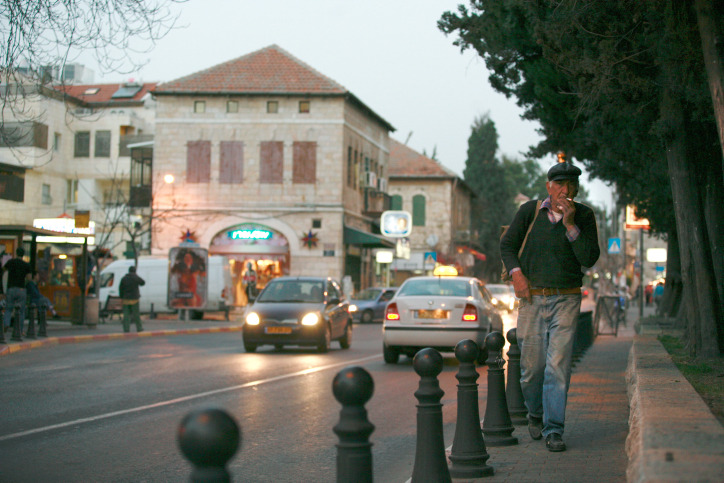
Photo: ru.gojerusalem.com
Ha-Moshava-ha-Germanite
A former German colony founded by the Knights Templar in 1873, now a neighborhood of Jerusalem, it begins a 15-minute walk from the Old City. The colony became one of the first residential areas outside the city walls. This, by the way, is the only area completely built in Jerusalem by foreigners and, perhaps, truly the most European area in Jerusalem. Street cafes, bookstores, souvenir shops. Everything is very picturesque and European. Walking here, it’s easy to forget that you are not in southern Europe, but in the Middle East.
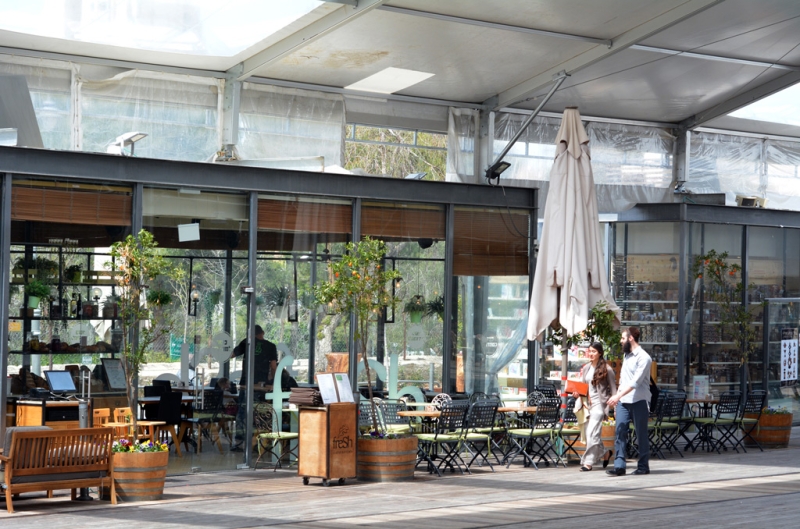
Old railway station
The railway station in Jerusalem was built more than 120 years ago: trains from Tel Aviv came here. But at the end of the last century the station moved, and the station remained abandoned for several decades. And in 2013, the station came to life again. The rails have been turned into a path for walking and cycling (by the way, you can rent a bike here!),
and the station into a fashionable place for fairs, parties and exhibitions. Here you can buy handmade souvenirs, have a delicious dinner, watch exhibitions of contemporary Jerusalem artists, listen to music and have a great time.
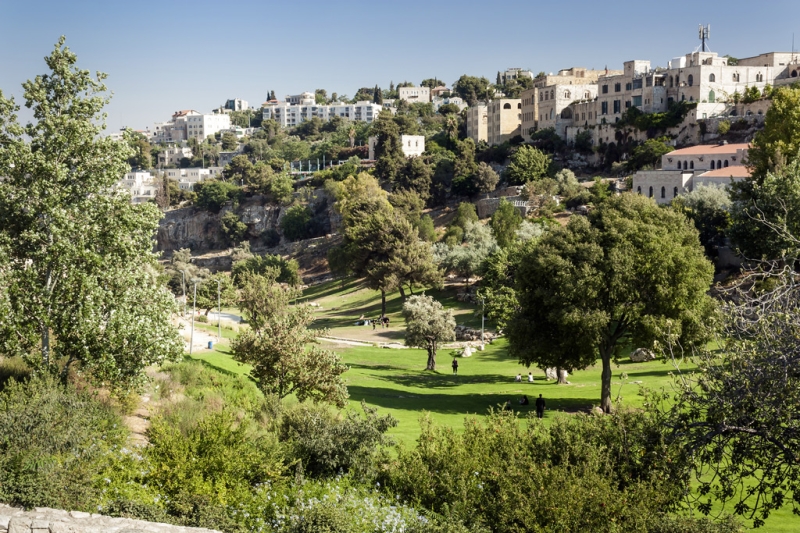
Valley of Gehenom
This is a small valley under the southwestern wall of the Old City. She is a symbol of Judgment Day in Judaism and Christianity; in Islam, her name is equivalent to the word “Hell”. There is a myth that pagan sacrifices were made here in ancient times, and sinners were thrown here from the city walls. Despite this difficult reputation, today Gehenom is a very beautiful and picturesque place, well suited for picnics, dates or just walks. Olive and pomegranate trees grow here and it’s so nice and calm to lie on the grass, enjoying the sudden silence and nature, being, oddly enough, in the middle of a big city. By the way, right above the Gehenom Valley is the Cinematheque, the most famous cinema in Jerusalem.
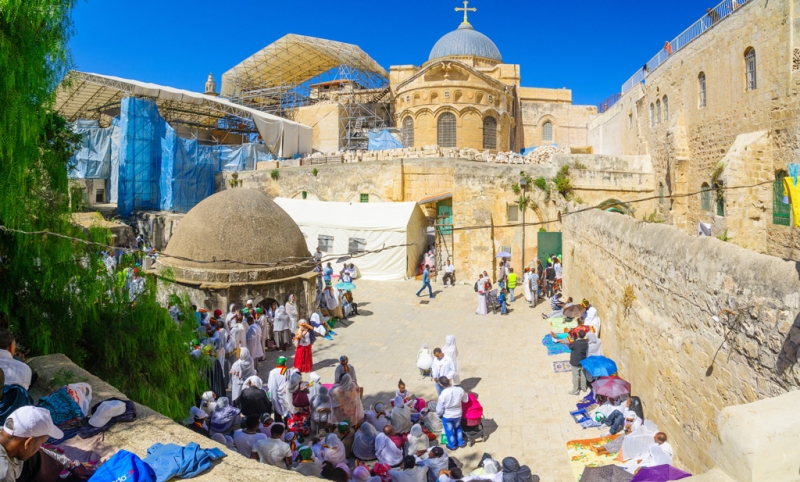
Street of the Prophets
The Street of the Prophets or Naviim runs from Davidka Square almost to the Damascus Gate of the Old City. On the corner of the Street of the Prophets and the Ethiopian Street there is an Ethiopian church – Ethiopian Christians in white robes flock here on Sundays. On Saturday, along Naviim Street, religious Jews go to the synagogue in the Old City and deliberately block the road for cars, because devout residents of the city are sure that they should not drive cars on Shabbat. On holidays, young people organize rave festivals in the courtyards of the Street of the Prophets. This amazing street is located on the border of the secular and religious areas of the Holy City, and is definitely worth a stroll along it.
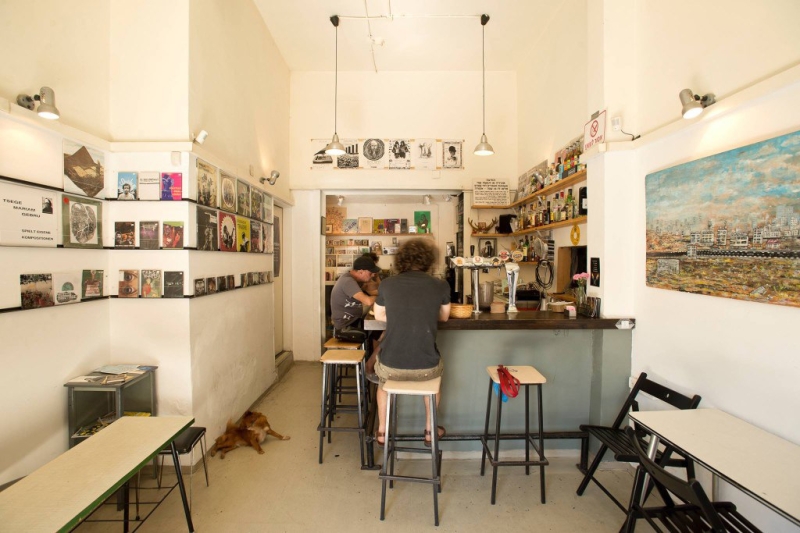
Photo: beinisrael.com
Bar area
There are bars in and around Aristobolus Street. Not the ones for tourists, but the ones where Jerusalem residents drink. As a rule, they drink beer and a traditional drink – aniseed vodka, arak. Sometimes they dance right in the streets. It is interesting that the police patrol here keeps order, riding on horses – after all, the streets are pedestrian and police cars cannot pass here.

